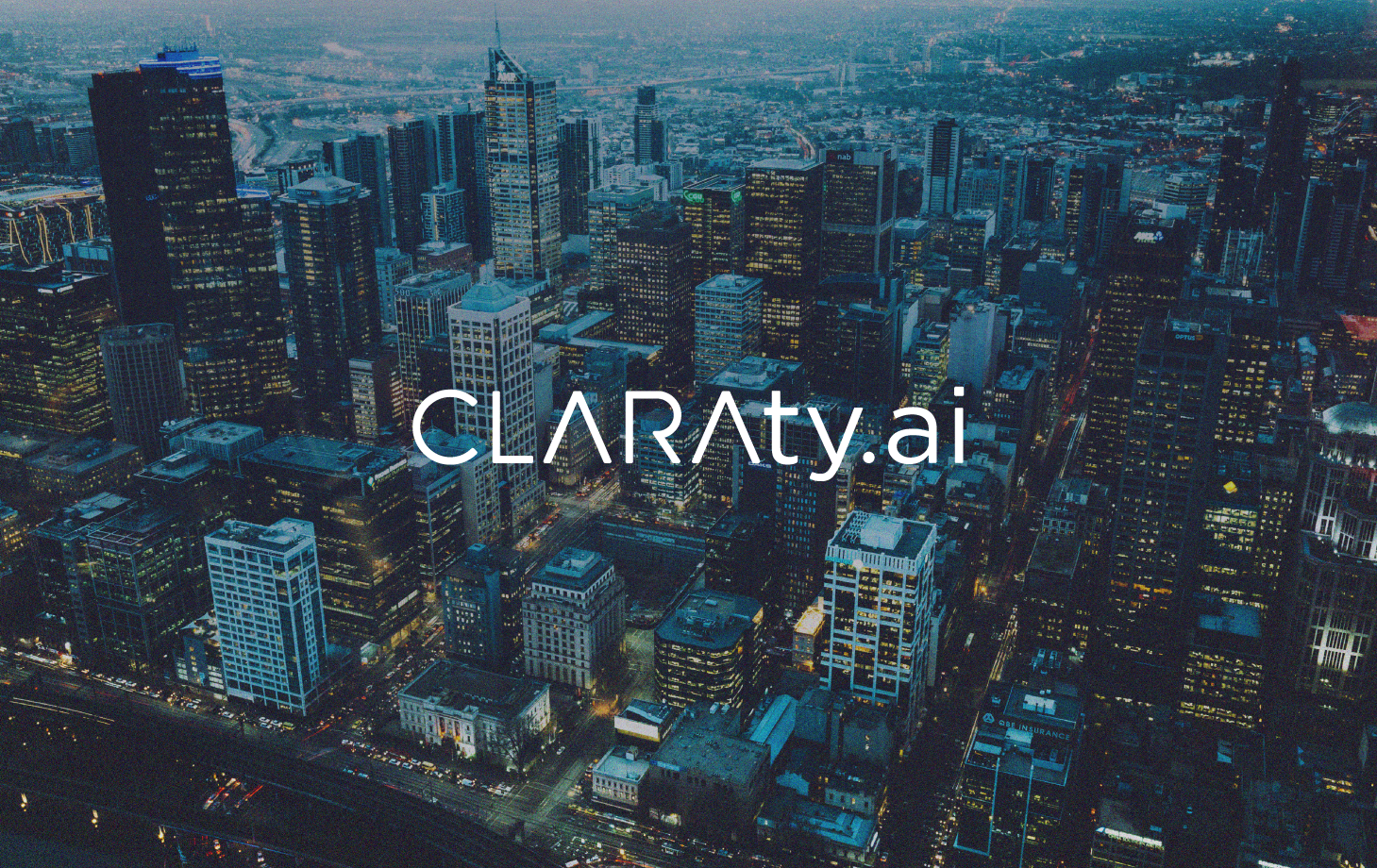AI in 2021: Formulas for success
AI is expected to mature further this year. With these formulas, insurance carriers can strategically leverage it for the most impact.
2020 has been a year like no other, presenting previously unimaginable business challenges. Yet bright spots still emerged. Notably, the pace of innovation and technology adoption accelerated dramatically, particularly in key vertical industries. Organizations began considering new options that would enable them to work better, smarter and faster — integrating solutions that not only serve them well in the pandemic but that will benefit them for years to come. From my perspective, the common denominator in such positive advancement has been artificial intelligence (AI).
After enduring a lot of hype over the years, AI made significant strides in 2020. The market began to understand AI’s capabilities at a deeper level. This pushed AI applications in exciting directions as customers and vendors began to develop more collaborative relationships to introduce increasingly useful products.
As we continue into 2021, expect to see AI mature further, delivering insights and experiences that truly transform how insurance carriers function. Here is a sample of some of the ways AI will make an impact.
AI + UX = ROI
In the coming year, AI-based solutions will be applied to solve very specific problems. In the insurance space, for example, this could mean determining precisely which claims could be headed for litigation, how organizations can stop that from happening, and what attorney they should hire to represent them if it does. The best AI-based applications solve these problems and many others, delivering clear, demonstrable value to the organization, its employees and its customers. This value can only be realized if the application is appealing enough that people use it. This is why we will witness a bit of a shift in 2021, as the emphasis expands from simply creating the right algorithms to developing more intuitive experiences.
With few exceptions, up to this point, data science has had its own very concrete, specific language that makes it difficult for teams to read, understand and collaborate on results. This limits its usefulness in industries where tech-speak is not native. Just imagine someone like a claims adjuster who has been in the industry for a decade, who has seen all kinds of claims, looking at this stuff in its raw form. Employees are not likely to give up how they have always performed their job for something unintelligible, or that doesn’t appear to make practical sense just because a machine spit it out. As such, AI’s usefulness is minimized, and that’s not what organizations pay for.
Instead of building and evaluating AI applications purely from a data science perspective, organizations will demand more in 2021. Data science has to be easy for applicable parties to access. It has to be clear and consumable, and it needs to help employees do their jobs by informing their decisions and offering them a path to action — good technology providers know this. The top data science vendors have figured out how to move beyond curating data sets, building models and delivering insights; they have invested in putting together the right teams to translate this highly relevant information into something organizations can actually use.
In 2021, these investments will pay off. By elevating the user experience on top of generating outstanding data science, AI systems will truly enhance and augment human capabilities, and the vendors who have worked diligently over the past few years to create better experiences will continue to differentiate themselves.
Actionability + Explainability + Timeliness = Value
Within this shift toward user experience, actionability becomes a key concept. Actionability is different from the “explainability” buzz that swept the industry recently. AI vendors had the epiphany that if the output of an AI system was not “explainable” or couldn’t move data out of the proverbial black box, systems would never be trusted by users. While a lot of progress has been made on that front, explainability is only part of the equation. The broader picture shows that users actually need the ability to both understand why the machine suggests something (explainability) and an easy way to know what to do with this information (actionability).
Applications must provide clear calls to action. For example, there are some applications that produce scores to intuitively guide users. For example, “A” is good, and “D” is bad, so the user should avoid taking actions graded with a “D” and consider the “A” and “B” options instead. Humans don’t need a lot of training to know what to do with a score, or a color, or a scale; applying a letter grade simplifies the pathway for actionability considerably. At the same time, it’s important to make sure that if a user wants to know why something got an “A” or a “D,” they can very easily drill into the score and get a clear picture (explainability). The ideal state is that the machine performs really sophisticated machine learning but delivers an output that is simple enough for anyone to understand it. With this construct, AI systems will gain widespread adoption.
Taking it one step further in 2021, we’ll see vendors combine actionability and explainability with timeliness (i.e., generate an action plan at the most optimal moment). Substantial ROI is guaranteed to follow when this happens. Mature systems send notifications to employees; for example, at the precise moment an action should be taken; the application clearly shows which action should be performed and why in a way that makes sense to the user. The effect is that they can take this information and run with it, making well-informed decisions that are in the best interest of all applicable parties.
Goals ÷ Capabilities + Specialists = Success
Another big trend for AI in 2021 is what I like to think of as “enlightened automation.” By this, I mean executives are getting better at knowing when to use automation in a workflow or process — and when not to.
Because of all of the excitement around AI, there has been a push to automate just about anything and apply AI everywhere — even where it doesn’t make sense. For example, nobody wants to negotiate with a computer. There will always be a need for people to interact, yet AI applications are incredibly useful in providing them with specific data points to inform those conversations. Now companies realize this. On the flip side, automation can be used for tasks that don’t need a live person, such as filming property damage for an insurance claim; a computer can figure out what needs to be fixed, for how much, and then cut and mail a check. Applications like this are remarkably efficient for high-volume transactions.
The moment to show ROI on tech investments has arrived, and now that leaders are more aware of AI’s capabilities and limitations, as well as where it makes sense to augment human capabilities vs. automate pass-through tasks, they can see that just because they could automate something doesn’t mean they should. As a result, they will take a more targeted approach in 2021. Doing so will enable them to recognize value in very short order.
On top of this awareness and focus from executives, data scientists and engineers have a whole lot more experience moving projects from research into production. They have witnessed the real hurdles of implementation and the true cost to maintain production projects. Often reconciling research with the reality of what teams want and need over the long term is a lot to take on.
Concurrently, reputable third parties that create and maintain AI applications as their primary business versus selling a particular product, service or app are emerging to lead the process so that organizations can get the most out of their technology investments without wasting time trying to recreate the wheel. Quality vendors can see what’s happening across multiple customers and deliver a product that implements faster and provides a lower total cost of ownership with a better user experience that returns greater value than an internally developed solution.
How this plays out is simple. Practitioners are more capable than ever of calculating both the cost of producing an AI solution and understanding the benefits a system or application is likely to offer. Timelines also matter, as customized solutions typically take many quarters or even years to go live, meaning costs will compile for quite some time before any benefit is realized. Additionally, without a timely solution, competitors can leapfrog your business. And, a large number of AI projects will fail to ever go into the production phase because the opportunity cost is so substantial in a labor-constrained market. Finally, the total cost of ownership is now much better understood, as maintenance often requires dedicating many more resources than would have been expected a few years ago. As such, companies are much more realistic about what it takes to build an AI system in-house that’s worthwhile.
Organizations that can clearly identify their most pressing needs will be well-positioned in 2021 to leverage AI strategically to help their workers while automating the tasks that are a waste of human time and abilities. Companies can buy off-the-shelf solutions or integrate APIs to put smart, efficient solutions to work faster and cheaper than they could build in-house. As a result, they can improve their level of service, employee satisfaction and the bottom line. This kind of growth and adoption is what I will have an eye on in 2021.
About Gary Hagmueller
Gary Hagmueller, chief executive officer of CLARA Analytics, has been a leader in the technology industry for more than 20 years, with a deep focus on building artificial intelligence and machine learning applications for the enterprise market. Over the span of his career, he has raised more than $1.2 billion in debt and equity and helped create over $7 billion in enterprise value through two IPOs and four M&A exits. Gary holds an MBA from the Marshall School of Business at the University of Southern California, where he was named Sheth Fellow at the Center for Communications Management, as well as a bachelor’s degree in business administration from Arizona State University. Connect with him on LinkedIn here.
As first published in propertycasualty360.com




